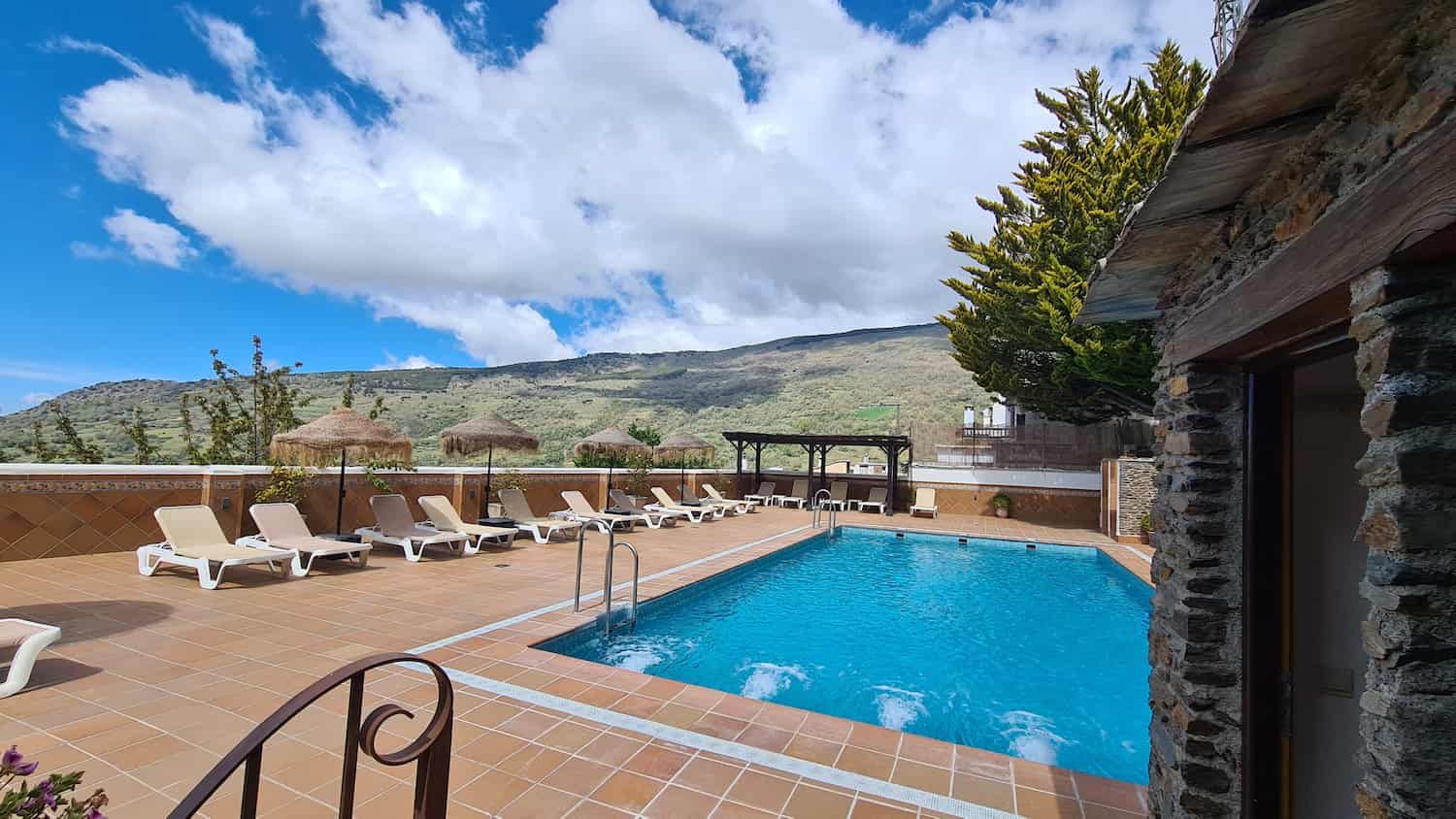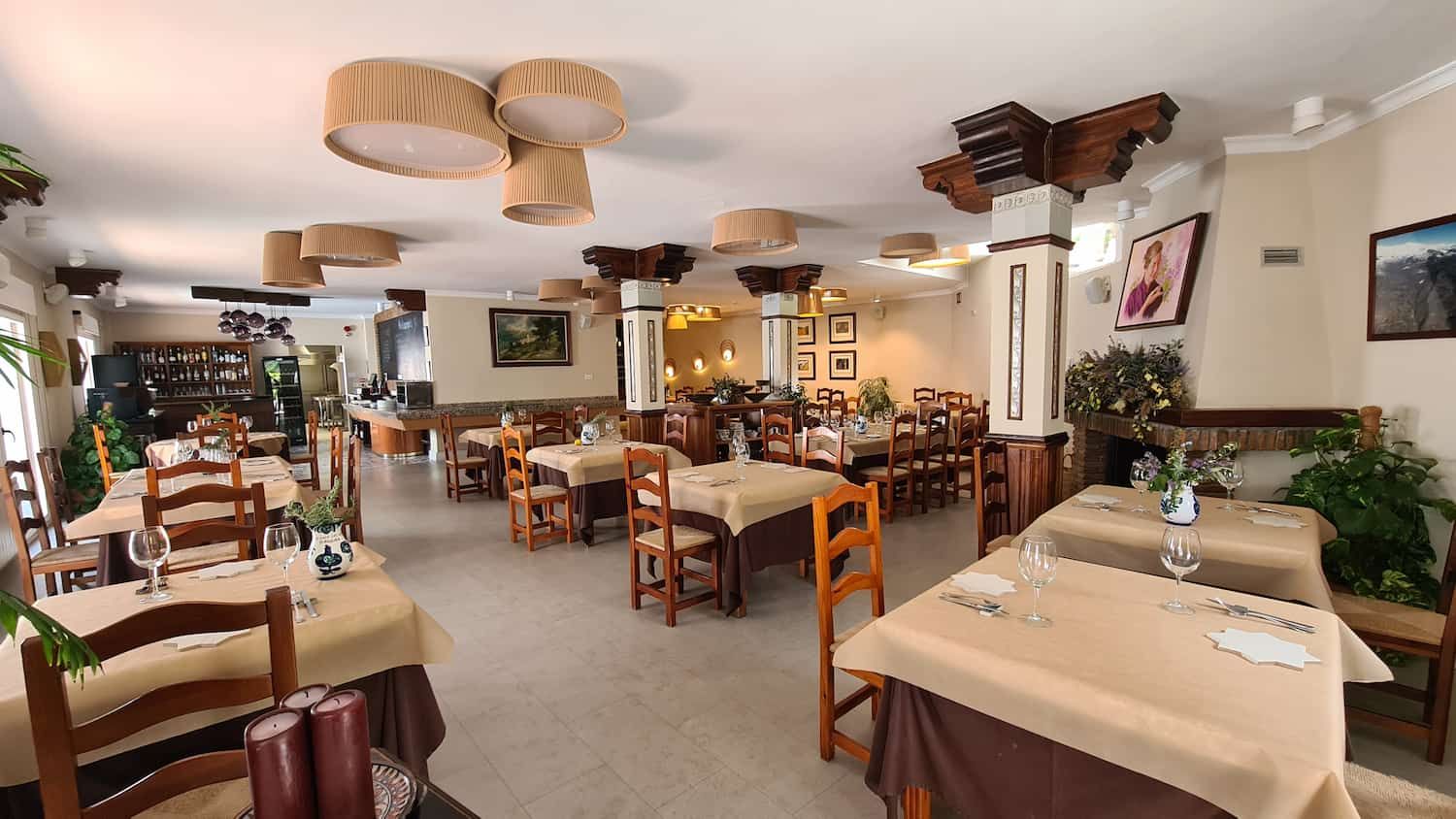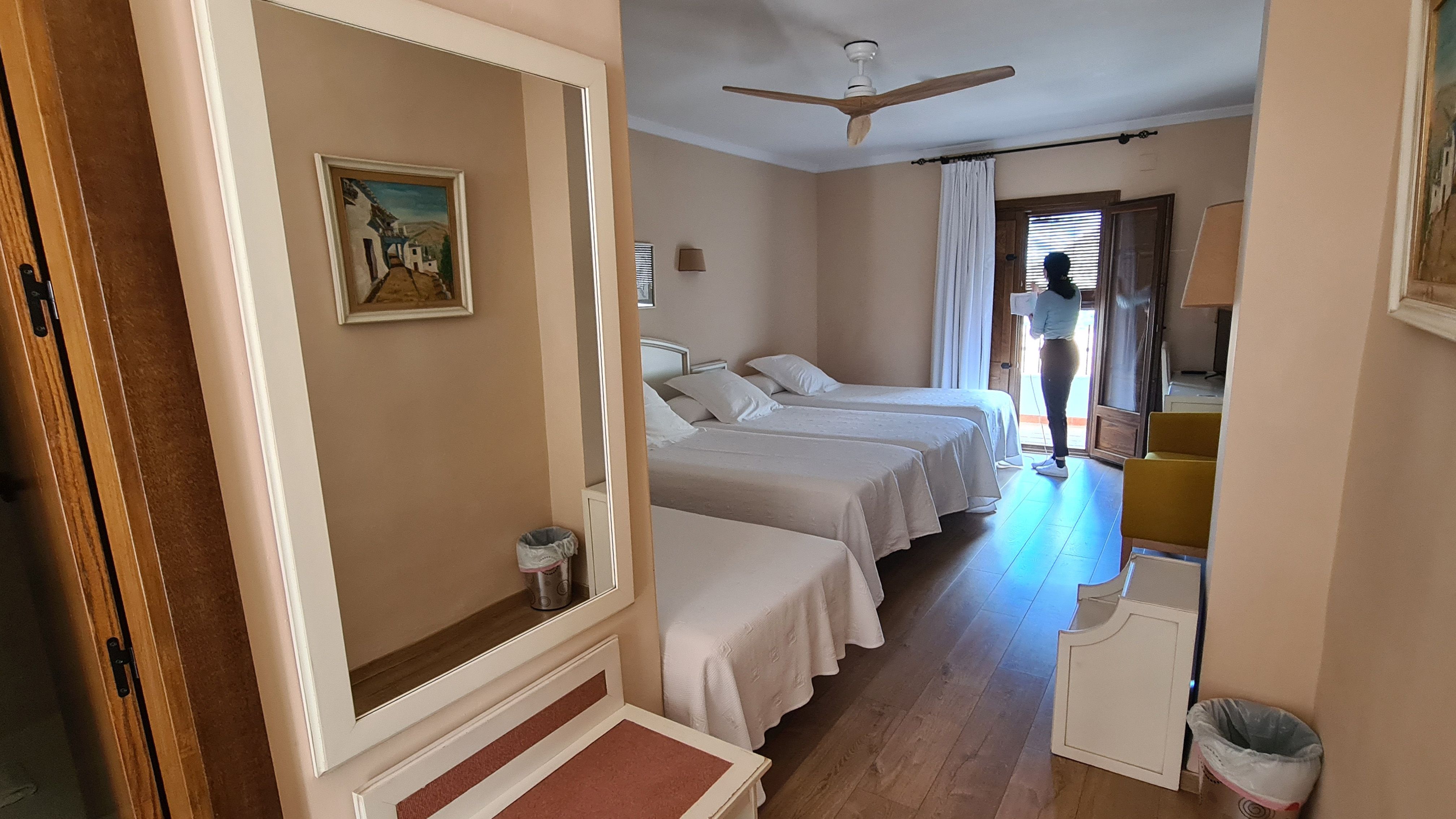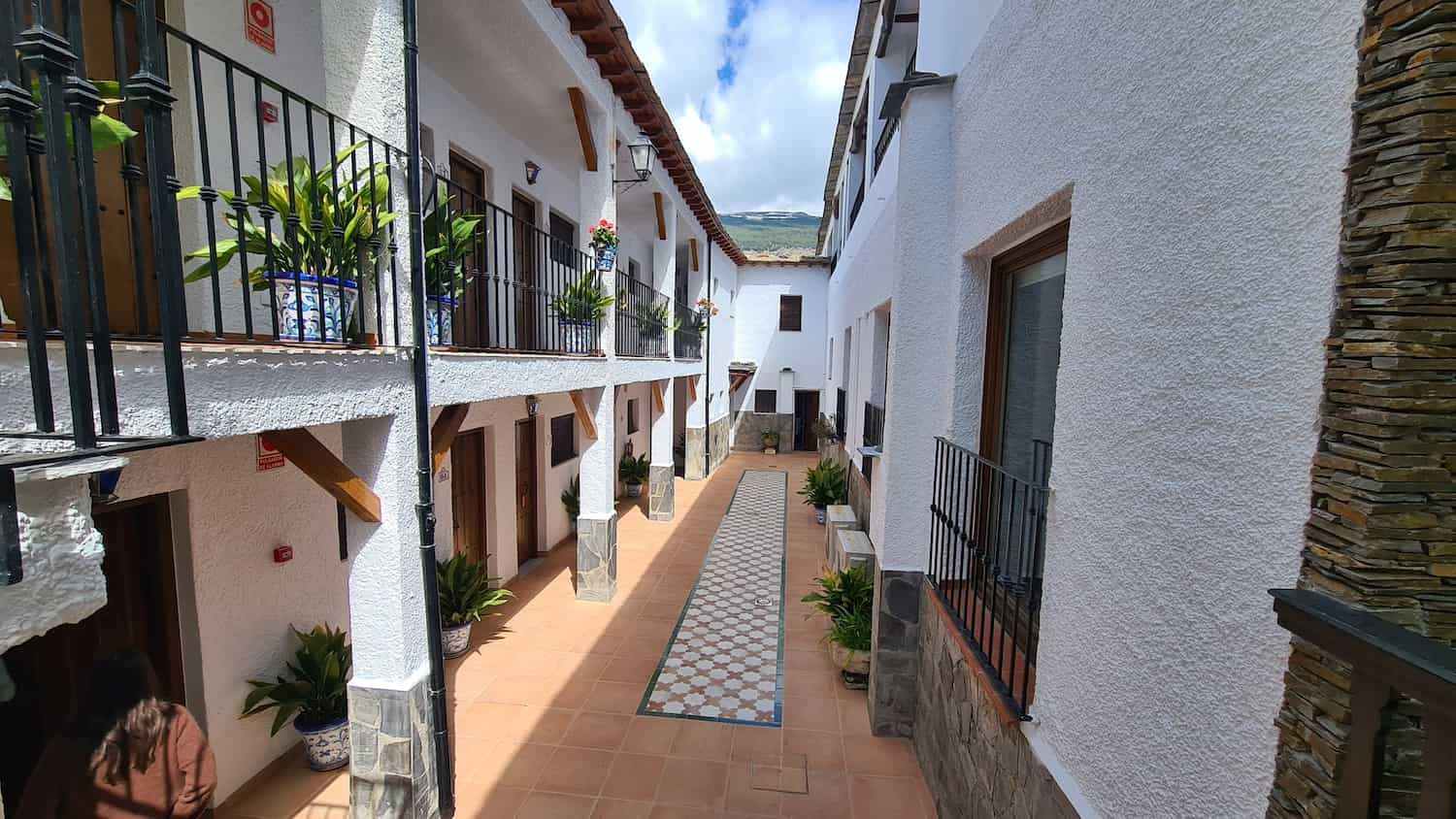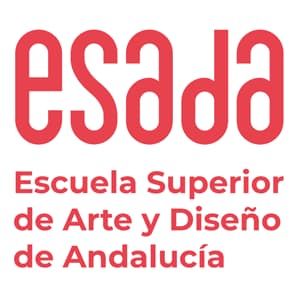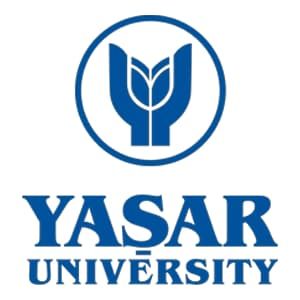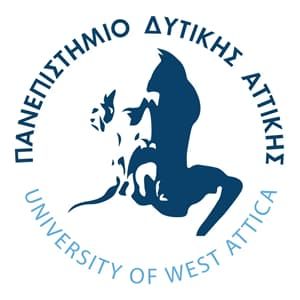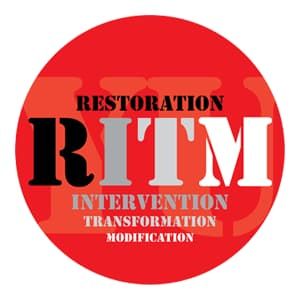Closing the Circle
The Nomad's Sanctuary
Closing the Circle: Adaptive reuse for a lost memory Summer School 2025 is a summer design workshop on Cultural Heritage environments, funded by the BIP (Blended Intensive Intensive Program) action under the Erasmus+ mobility program (action KA131 of the Erasmus+ Program 2021-2027).
Introduction
It is organized by the Escuela Superior de Arte y Diseño de Andalucía ESADA, in the Degree of Interior Design, in collaboration with Yașar University, in the Department of Interior Architecture and Environmental Design, in Izmir, Turkey and the University of West Attica, in the Department of Interior Architecture, in Athens, Greece.
Following the success of our first two editions in Turkey and Greece, this year marks the third edition of the Design Summer School. This program continues to consolidate itself as an international space for learning, exchange and connection, bringing together participants from different places in unique settings that combine history, culture and inspiration.
The Project
An adaptive reuse project of an old hermitage will be developed to convert it into a multipurpose space within a village for digital nomads. This new space will function as a meeting, work and coexistence point, combining the historical character of the place with contemporary dynamics appropriate to the location.
Village of La Cebadilla in Capileira. Alpujarra of Granada
La Cebadilla was a small village created to house the workers of the Poqueira Hydroelectric Power Plant, located in the ravine of the same name. This plant was part of the hydroelectric development in La Alpujarra, taking advantage of the mountain rivers. Its construction prompted the creation of settlements for those who worked in the area.
History and origin
Founded in the mid-20th century, La Cebadilla was home to some 200 people during the height of the hydroelectric industry in La Alpujarra. The village, located at an altitude of 1,540 meters, was difficult to access due to its mountainous geography, which kept its inhabitants relatively isolated. For supplies, the residents depended on an “errand boy”, in charge of bringing food and basic products every two days from nearby villages, which reinforced their disconnection from the outside world.
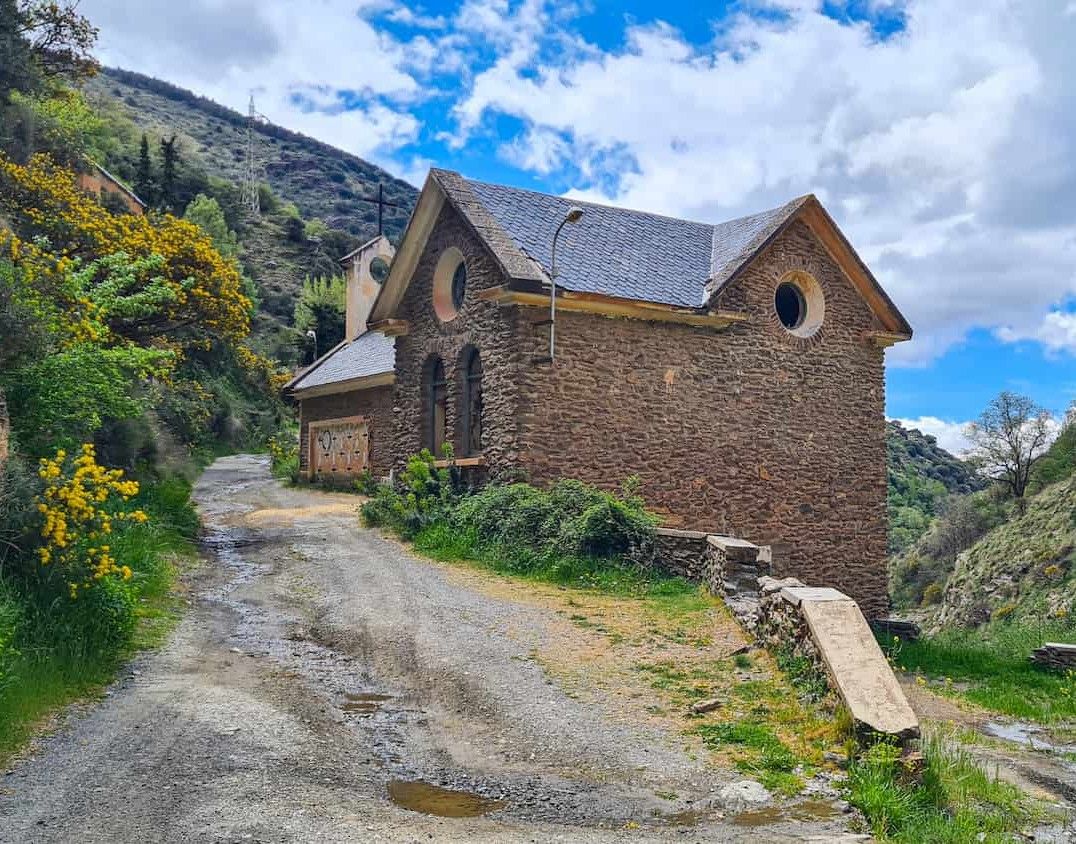
The inhabitants lived mainly from agriculture and cattle raising. They grew barley -from where the name of the village comes from- and raised animals, in addition to working in the hydroelectric plant. The houses followed the traditional Alpujarra style, with flat roofs and stone walls, adapted to the mountain climate.
They had basic services such as a school and a hermitage for religious ceremonies. Despite the harsh conditions, they functioned as a self-sufficient community, although with little outside contact.
The abandonment
The decrease in activity and the automation of processes at the plant accelerated depopulation. Added to this, the absence of transportation and the harsh conditions led to progressive abandonment, so that by the end of the twentieth century, the town was uninhabited and the houses began to deteriorate.
La Cebadilla today
Despite its abandonment, the place retains its historical value as a testimony of a time when the hydroelectric marked life in La Alpujarra. The ruins, irrigation ditches and roads are traces of a past that still echoes in the landscape.
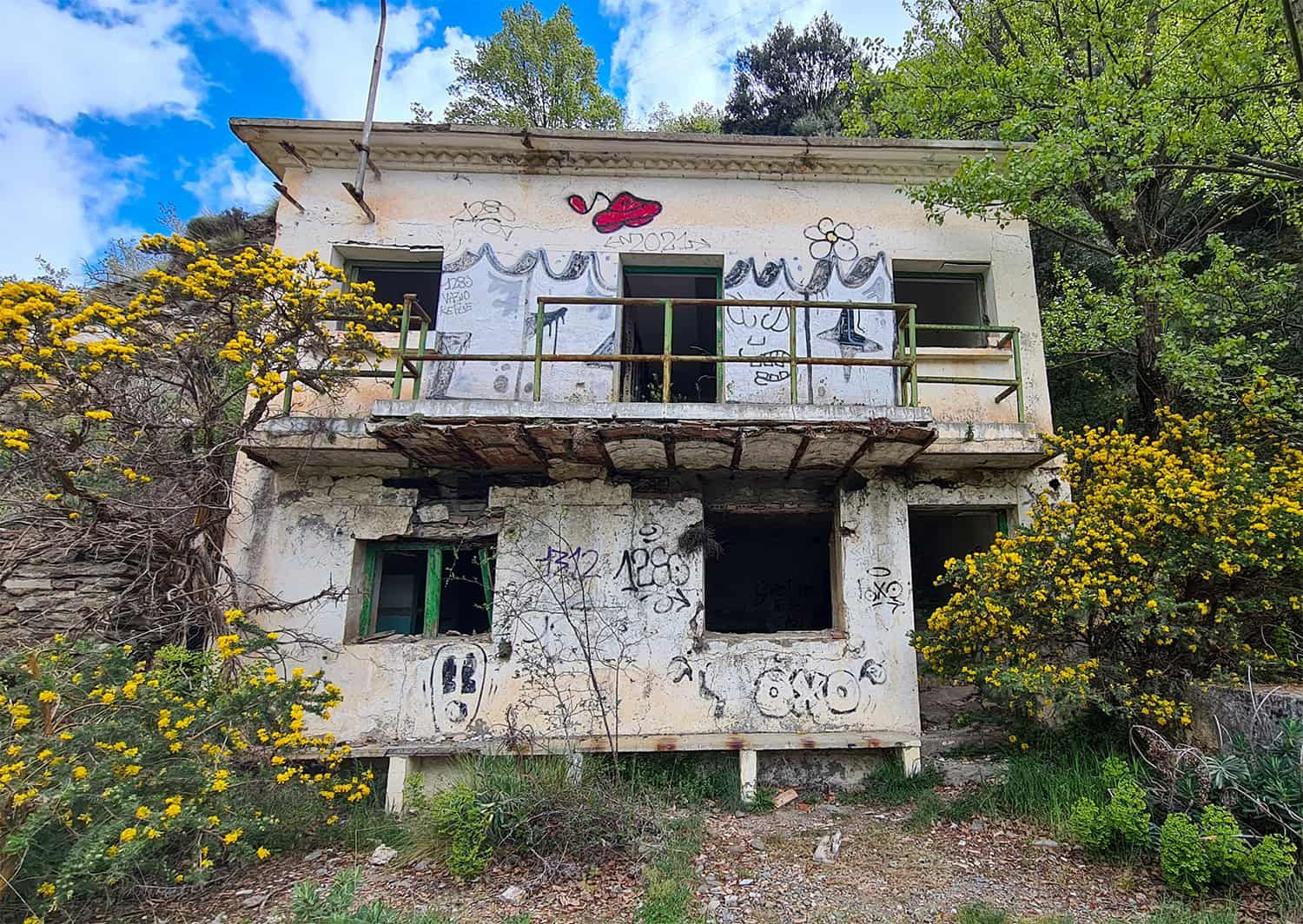
Program objectives: an analysis of adaptive reuse
Context and Purpose
Due to the depopulation of rural areas in the region, the village of La Cebadilla is taken as an area of entrepreneurship for digital nomads.
In this context, the rehabilitation of the space of the old chapel is proposed as a multiple use area as a meeting point for its inhabitants. In this process, the relationship between water, landscape and culture, understood as the backbone of the architectural design in this unique environment, is deepened.
Activities and Approach
The program combines lectures, group dynamics and practical workshops that allow an active immersion in the design process. Throughout the workshop, participants develop architectural proposals focused on adaptive rehabilitation.
The interventions are conceived with a harmonious integration into the mountainous landscape of La Alpujarra, establishing a balanced dialogue between the built and its natural surroundings.
Objectives and Lessons Learned
The project seeks to raise awareness about the importance of maintaining the historical continuity of La Cebadilla, promoting a deep link between heritage, community and territory. Through integrated conservation strategies, a critical and sensitive view of complex heritage contexts is encouraged.
Objectives in education: The role of cultural heritage conservation in the training of interior architects.
- Raise awareness of the importance of preserving the historical, architectural and social memory of spaces.
- Promote a sustainable approach in the retrofitting and use of existing buildings.
- Reinforce the value of heritage conservation in architecture and design education.
- Create and maintain an international platform of professionals to share experiences, define criteria and evaluate an educational model focused on adaptive reuse.
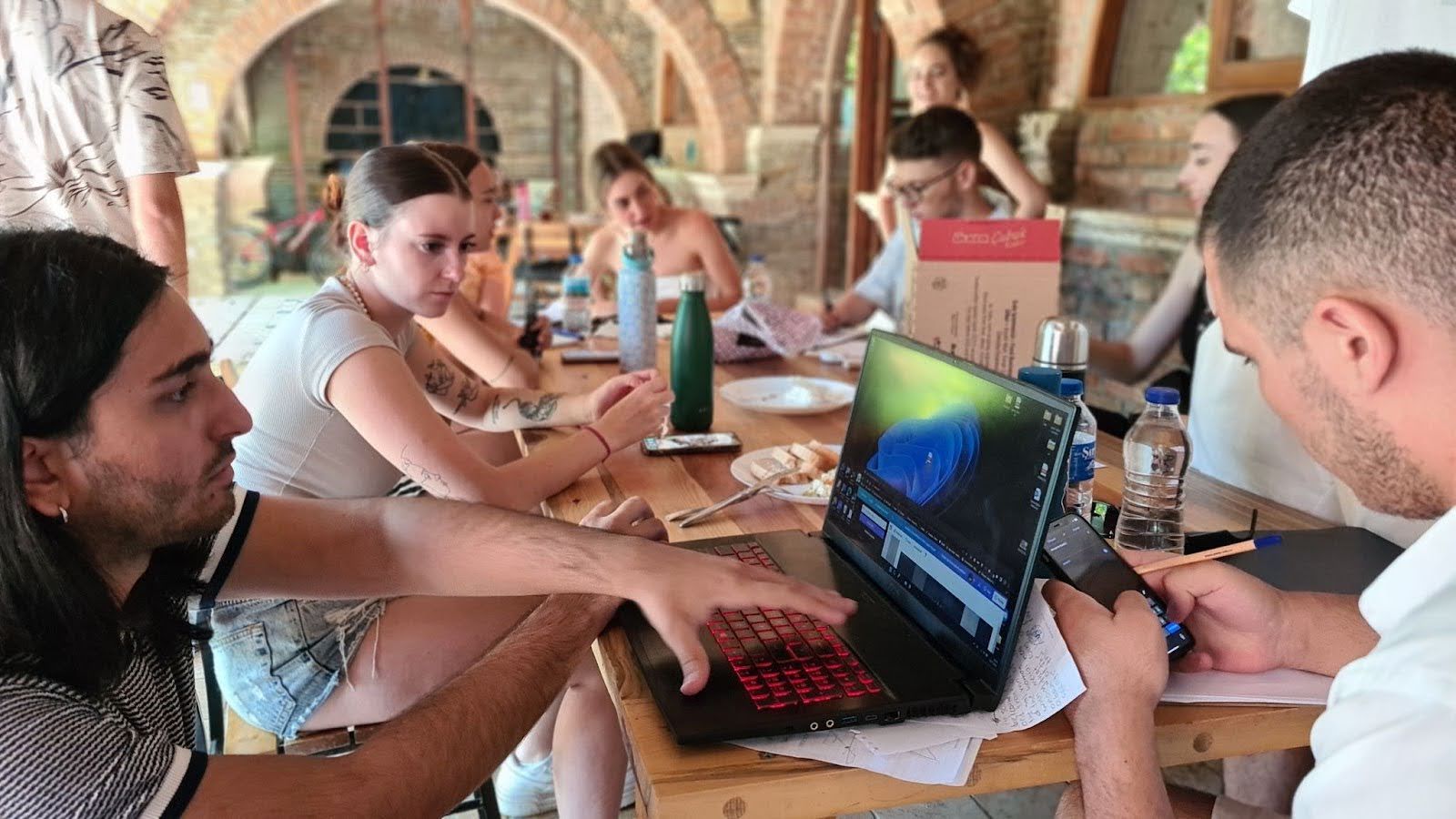
Workshops
-
LocationCapileira, Granada
-
Admission30 participants
-
Place of executionHotel Finca Los Llanos is a rural hotel located in the village of Capileira, at an altitude of 1436 meters, one of the highest villages in the Iberian Peninsula. The Poqueira River flows down through it, carrying the melting snows of the Sierra Nevada National and Natural Park to the sea, and flows through ancient villages perched on the mountain slopes, as if sliding down the Barranco de Poqueira.
Program
Virtual Lectures
17:00-18:00 Spanish time
-
July 16th
Traditional architecture of La Alpujarra - Fernando Ortega (Architect + Coordinator and teacher of interiors ESADA) and José Antonio González (PhD Architect + Director of ESADA)
-
July 17th
New perspectives on La Alpujarra - Nour Mouati (AUDAKIA Technician) and María José Durán (Architect + Interior Designer ESADA
-
July 18th
Water and architecture in Granada - Antonio Ruiz (Former architect of La Alhambra + Housing technician of the Junta de Andalucía)
On-site Development
September 2 to 9
-
Tuesday 02/09Arrival at La Alpujarra
-
Wednesday 03/09 (morning)Visit to La Cebadilla
-
Wednesday 03/09 (afternoon)Work in Capileira
-
Thursday 04/09Work in Capileira
-
Friday 05/09Visit to Granada
-
Saturday 06/09Visit to La Alpujarra and Salobreña
-
Domingo 07/09Work in Capileira
-
Monday 08/09 (morning)Public presentation (representatives of the municipality and the mancomunidad will be invited).
-
Monday 08/09 (afternoon)Institutional dinner
-
Tuesday 09/09Farewell and departure
The Team

José Antonio González Casares, PhD
José Antonio González Casares is an architect and Building Engineer by University of Granada, where he also finished his Phd in Structures of Historical Buildings. He is director of ESADA since the beginning in 2013. Jose has also worked as a teacher in the University of Granada and University of Malaga, both in Spain. Along with his academic and teaching experience, he has also worked as an architect in rehabilitation of public houses and for one of the most important monuments in Europe, La Alhambra. At present, he is teaching Creativity and Project Methodology in ESADA for the Interior Design Degree.

Carmen Gómez Vélez
Technical Architect and Building Engineer. He has directed construction works from 1998 to 2010. He has participated in a BIP Year 2023/2024 in Lithuania on the use of materials in ephemeral spaces. She has been teaching Interior Design in the subject of Materials I from 2019 to the present.
Reviewer and member of the Editorial Board of the research journal Concept with ISSN 2952 - 1572.
President of the association of businesswomen of Granada AMEGA and member of the Confederation of Entrepreneurs of Granada.
Director of ESADA.
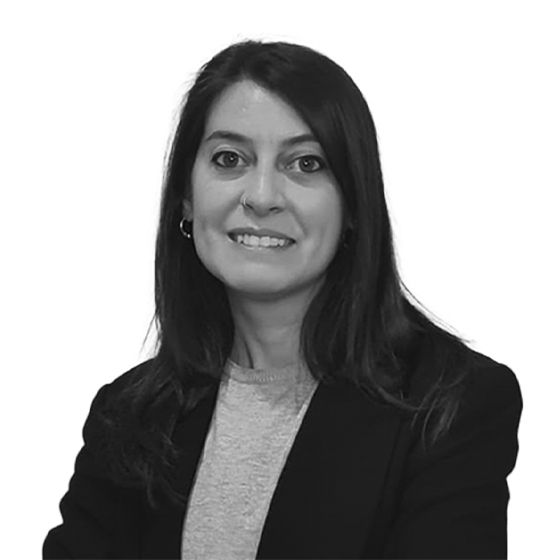
María José Duran Vaquero, PhD
Architect by Seville University in Spain and is Master in Interior Design in Listed Buildings by ESADA where she worked in the rehabilitation of a listed building in the city centre of Granada. She has also taken a course on historical fabrics and timber structures. She works for MAntonio Studio in developing different architectural projects and teaches at ESADA Vectorial Representation and Building Rehabilitation since 2015 with outstanding results. She conveys her passion with interior design and heritage to her students.
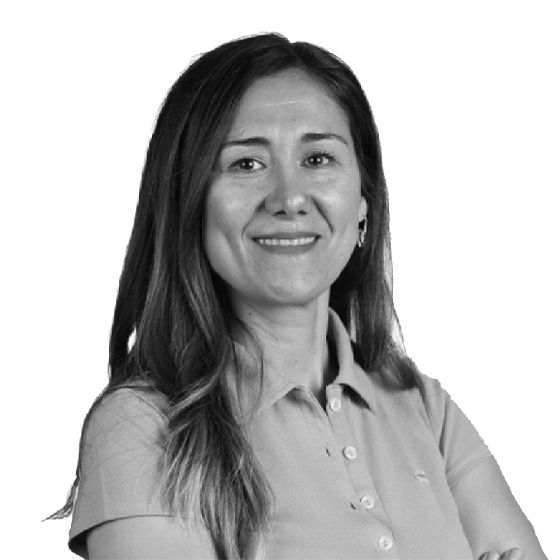
N. Ebru Karabağ, PhD
N. Ebru Karabağ has received her B.Arch. from Dokuz Eylul University Faculty of Architecture, M. Arch. and Ph.D. from Restoration Department of Natural and Applied Science Institution of same university. She practiced as an Architect and developed various projects, including adaptive reuse projects. Since 2007 she has been working as an instuctor at Yasar University Faculty of Architecture. She has developed and taught a range of undergraduate and graduate courses. Her main research topics include Adaptive Reuse of Historical Buildings, New Additions to Old Buildings, Urban Archaeology, Contextual Architecture and Interventional Design Approaches. She is one of the co-founders of the Design & Research Group RITM (Restoration Intervention Transformation Modification), which was established in 2013. She is the Field Coordinator of an Interior Architecture Graduate Program titled RITM. She is the member of DOCOMOMO Working Group of Turkey.
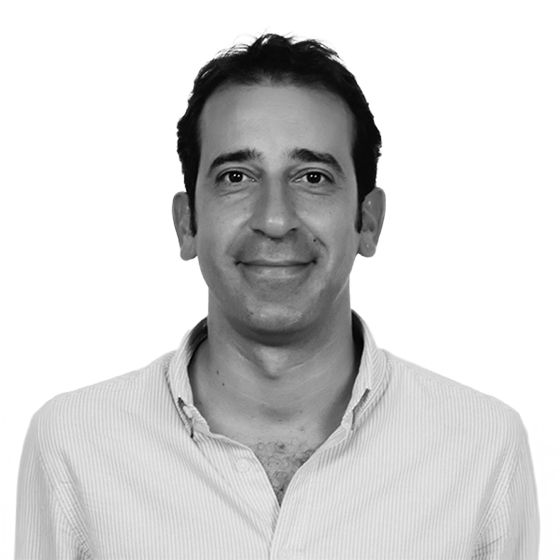
Sergio Taddonio
Sergio Taddonio completed his Undergraduate and Master Programs at the Faculty of Architecture of Università degli Studi di Firenze (Italy). He has been collaborating part-time as a Lecturer of Interior Design Studios at Kent State University (Florence branch) and at the same time he has been practicing as Architect and Interior Designer, collaborating for more than ten years with Sandro Cammilli’s Architectural Office in Florence (Italy), completing several projects for new industrial buildings, historical building renovations and a large number of commercial spaces. He started to teach as a full-time Lecturer at Yasar University, Department of Interior Architecture and Environmental Design in May 2012. His research Interests are related with Adaptive Reuse of Buildings, Cultural Heritage & Conservation, Contemporary Design in Historical Settings and Furniture Design. He is the Co-founder of RITM Restoration Intervention Transformation Modification, a Design & Research Group established in 2013 under the Department of Interior Architecture and Environmental Design of Yaşar University, focusing on the relation between design and the transformation process of the historical layer of urban settlements.
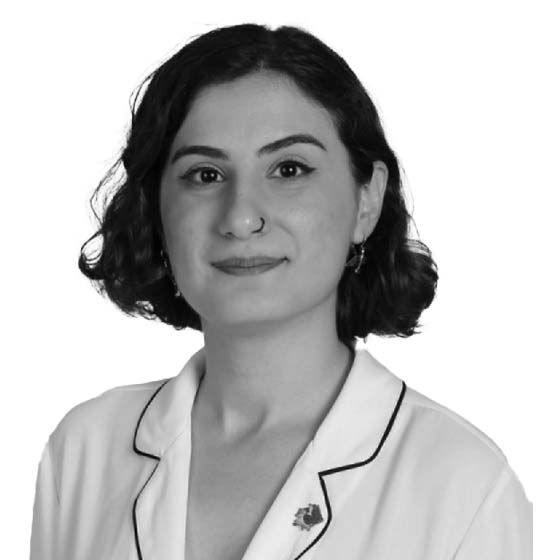
Özüm Karadağ
Özüm Karadağ received the bachelor degree in Yaşar University, Department of Interior Architecture and Environmental Design in 2017. In 2016, they took interior design classes at Instituto Politécnico de Castelo Branco as an Erasmus+ exchange student for a term. They completed their Master study at Yaşar University, Interior Architecture Graduate Program in RITM (Restoration, Intervention, Transformation and Modification) Track with the thesis titled: Temporary Interventions as an Alternative Adaptive Reuse Tool. They continue their PhD study in Architecture Program at Yaşar University. Also, they have been studying Sociology in Anadolu University and working as a research assistant at Yaşar University in Interior Architecture and Environmental Design Department since October 2019. Their research interests include Adaptive Reuse of Buildings, Cultural Heritage and Conservation, Temporary Interventions and Gender and Space Studies.
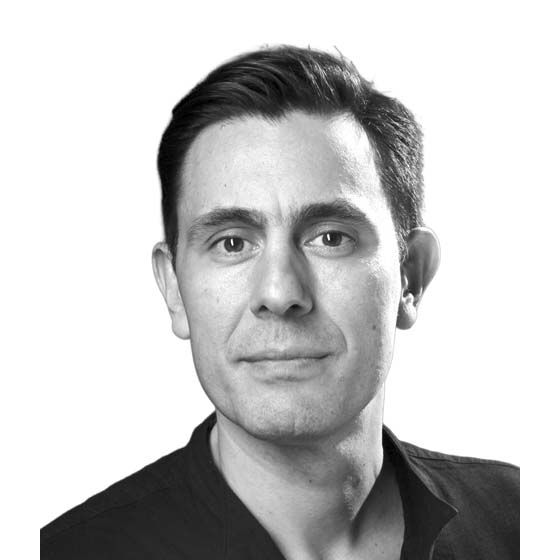
Angelos Psilopoulos, PhD
Angelos Psilopoulos is an architect and educator, AUTh, NTUA, currently working as a tenured Lecturer at the Department of Interior Architecture, University of West Attica.
His research has been presented and published in a variety of internationally accredited peer reviewed conferences and publications, and he has taken part in a number of Research Programs, on themes varying from vernacular architecture and heritage to contemporary issues in the practice and theory of Architecture.
He is currently teaching 2nd, 3rd and 8th Semester design studios that focus on issues of identity, critical approaches and heritage preservation, while his research interests remain focused on foundational issues of Architecture, as examined within a broader, interdisciplinary, theoretical and critical scope.
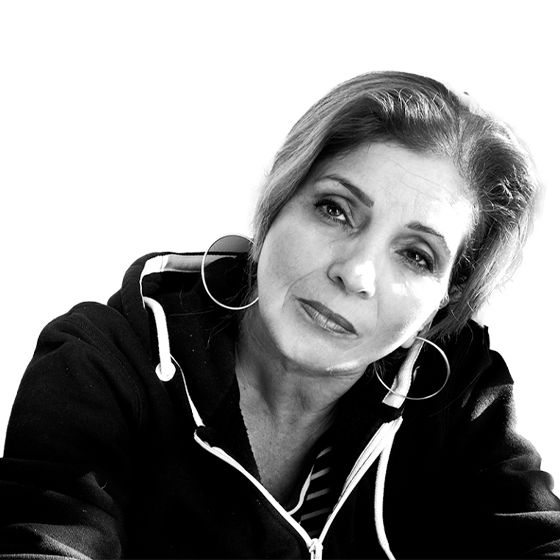
Maria Moira, PhD
Maria Moira was born in Athens. She graduated from School of Architecture, National Technical University of Athens in 1986. She acquired her master’s degree in the field of “Design-Space-Culture” from the NTUA in 2002. She presented her phd in the section III “Architectural language, Communication and design” at the NTUA in 2012 with the title: “The indiscernible city of Herakleion”. Literary representations of the city during periods of reconstruction: the poetics of transition, Herakleion at the threshold of modernism.
She teaches architectural design and exterior spaces design at the department of Interior Architecture. In the main focus of her research interest, lies the relationship between literary representations and city. She has participated in many conferences and also she has written articles in scientific magazines and collective books. She lives in Athens She is currently working as an Architect.
